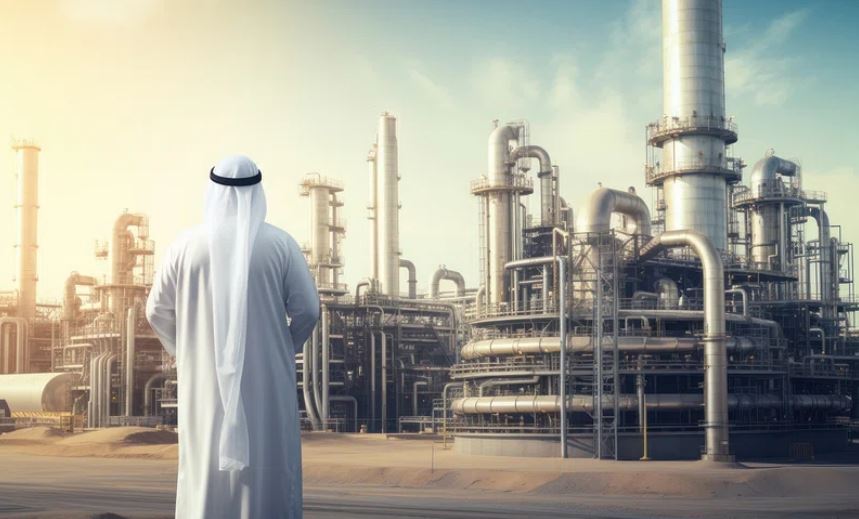
As one of the major players in securing the transport corridors to facilitate logistic movement and construction of central processing facilities, among others, the Uganda National Roads Authority (UNRA) has made tremendous advances in ensuring that the major oil road corridors are motor-able.
A look at the three packages we have been implementing since 2018 is evident that all bottlenecks have been concluded and heavy trucks can now use the roads with no major constraints.
In the implementation of oil production and exploration, there are three sets of focus namely; category 1— oil production, category 2 — commercialization of the oil resources produced and category 3 — supporting infrastructure. The latter is where UNRA and other agencies come in to support both production and commercialization of Uganda’s oil industry. Roads and bridges, the airport, water, electricity, among others, are the necessary support systems and entry point in the attainment of Uganda’s Final Investment Decision [FID].
Indeed, the strategies adopted were hinged on the signing of the FID, predicted as early as June 2019. With this deadline, and a cabinet directive in 2016 to implement the development of “Critical Oil Roads”, UNRA adopted the improvement of the level of service of such roads, procurement strategies of design and build, pre-financing of works in the first 12 months of signing the civil works contracts by the respective contractors to give enough time for the Government of Uganda to secure the loan agreements.
PROGRESS
UNRA is currently supervising a total of 700km roads in the Albertine region. Of these, 464kms are under construction and completion is expected by early 2022. We came up with a very practical approach to implementing the roads by tackling bottlenecks first to improve the level of service of the identified “Critical Oil Roads.”
The Roads

Dirt roads in oil-rich Bunyoro are all getting a facelift.
These roads include;
Package 1 roads: Design and Build of Masindi [Kisanja] – park junction and Tangi (Pakwach) junction — Paraa — Buliisa and Wanseko — Bugungu Roads upgrading project (159km) at a cost of $217,916,518.
Along this package is one major long span bridge of 520m length across the Nile River at the Paraa Ferry crossing. We expect to complete works at the Paraa Bridge by October 2021. As at the end of March 2021, one half of the bridge deck was completed and vehicles are able to comfortably use it although it is still under construction.

Early construction of the 520m long Paraa Bridge
The facility will enable movement of processing facilities by the oil partners. This bridge is also pivotal in the advancement of our tourism industry and regional trade between countries like the South Sudan and DR Congo.
Package 2 includes Hoima — Butiaba — Wanseko road (111km) at a cost of $ 179,538,545.
Package 3 includes the design and build of Buhimba—Nalweyo—Bulamagi and Bulamagi— Igayaza—Kakumiro roads (93km) at a cost of $138,488,357.
Package 5 includes the Design and Build of Masindi— Biiso — Kabaale — Kiziranfumbi and Hohwa — Nyairongo — Kyarushesha — Butoole road (106km) at a cost of $ 135,744,537.
Additionally, UNRA is also providing technical support to Uganda National Oil Company (UNOC) to ensure that all the required access roads to the Kabaale International Airport and within the Kabaale Industrial Park (KIP) are properly designed and implemented.
At the outset, the demand from oil partners was that UNRA was required to deliver all the roads by June 2019 to be able to meet the signing of the FID. The deadline for FID was, however, extended and this development has found us in a much more prepared state in as far as ensuring connectivity of the roads infrastructure in the oil region with packages 1, 2 and 3 already usable.
Local Content
Ugandan local contractors are already benefiting from the ongoing construction works. Over 40 local firms have been engaged and are now implementing various sub-contracting works under the 30 per cent local content arrangement. This program was designed to enhance the capacities of the local contractors and providers to be able to undertake similar future projects.
Projects Supervision
Our success story is hinged on regular stakeholder engagements at all levels, regular communications, quality control deliberations at the project sites using project management team taskforce, consultants, the technical working group set up between UNRA, ministry of Works and Transport, UNOC, PAU, the oil partners, among others.
Environmental Concerns
One common feature of all the identified oil roads under implementation is that they traverse through sensitive eco-systems. It is essential to note that all the approvals of the civil works contracts were done after a thorough environmental impact assessment. Extensive consultations were done with partner agencies such as the NFA, NEMA and UWA to approve the ESIA reports. Contracts were later signed to ensure that all downstream activities are being implemented taking into account the above mentioned agencies’ recommendations to ensure that we are keen on the conservation of the natural environment as we deliver the oil roads.
We congratulate the government of Uganda and partners upon the occasion of signing key oil agreements to facilitate the development of the East Africa Crude Oil Pipeline (EACOP) project, a significant milestone towards the attainment of the Final Investment Decision.









